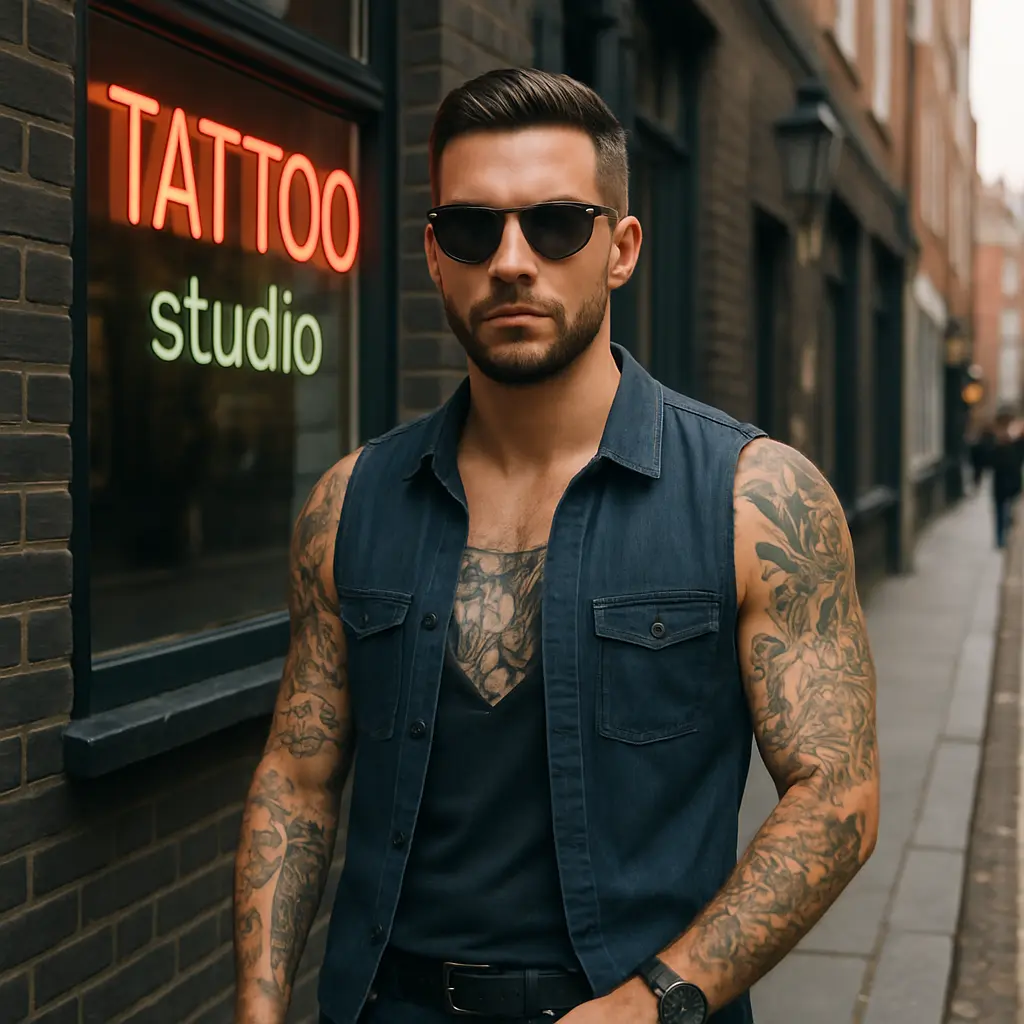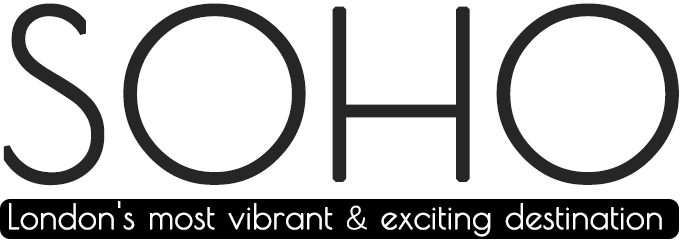The London tattoo market is expanding while competition tightens. Revenue and client interest continue to rise, yet operators face denser studio networks, sharper consumer expectations, and stricter oversight. Success now depends on three variables that reinforce each other: credible hygiene and compliance, clear stylistic positioning, and a client journey that proves value beyond the artwork itself. This analysis maps the economic context, the styles shaping demand, the consumers driving bookings, the regulatory framework in London, practical guidance for buyers, and a forward view of what studios must deliver to thrive.
Growth is broad based. Studios report strong enquiry volumes across weekday and weekend slots, with repeat clients commissioning additions or reworks that extend earlier pieces. The constraint is no longer public acceptance but differentiation. Where supply has outpaced footfall, mid-range operators without a distinct identity face thinner pipelines. Leading studios respond by advancing quality controls, tightening consultation protocols, and investing in aftercare and customer communication that reduce uncertainty for first-time clients.
Professionalisation is visible on the shop floor. Consistent consent procedures, methodical station setup, and documented sterilisation now serve as hygiene signals as much as infection control. Studios that publish clear policies and show evidence of process win trust faster, especially with buyers commissioning larger pieces or visible placements.
Styles shaping demand
Fine line and micro-realism carry much of 2025’s momentum. Clients request small botanical motifs, minimalist scripts, and fine-detail portraits that sit discreetly on wrists, forearms, ribs, or behind the ear. These styles photograph cleanly and align with the current preference for subtle, personal work.
Durable classics remain firm. Blackwork, neo-traditional, Japanese-inspired compositions, and black and grey realism maintain steady bookings among collectors who prioritise high contrast, structured negative space, and long-term readability. Fashion cycles are evident. Early-2000s placements have returned in refined forms, often lighter and more considered than their predecessors. At the experimental edge, cybersigil aesthetics borrow from game and UI culture to deliver angular, hyper-modern geometry.
The ageing question is now front of mind. Ultra-fine single-needle lines can soften as skin changes and pigments disperse at a micro level. Informed studios set expectations at consultation and offer placement and scale advice to protect legibility. The parallel trend is a visible rise in tattoo removal and cover-up requests, which in turn rewards artists who understand how colours and line weights will interact with future laser sessions.


Who is buying
Tattooing is fully mainstream in London. Adults across creative fields, technology, healthcare, and financial services commission work that signals identity rather than rebellion. The typical buyer profile has widened from niche subcultures to a cross-section of the city’s professional population. The strongest acceptance sits among adults aged 18 to 44, but the over-45 cohort is increasingly represented in bookings that mark life events or celebrate family milestones.
Motivation has shifted from shock to story. Clients seek meaningful tattoos that memorialise people, places, or phases of life. That shift explains why finer, symbolic styles gained ground and why consultation quality now influences conversion. Clear discovery questions, collaborative sketching, and transparent pricing reduce anxiety and convert interest into scheduled sessions.
Price sensitivity varies by brief. Entry flash events and small fine line pieces anchor the lower end, while day-rate custom work sits higher, reflecting design time, technical difficulty, and aftercare complexity. Installment options are more common for large projects, broadening access without diluting standards.
Four drivers of growth
Four forces power the surge and reinforce each other.
Social normalisation. Visibility in daily media and workplaces has removed the old stigma. Tattoos are read as personal narrative and style rather than defiance. Wider acceptance enlarges the addressable market and stabilises demand.
Artistic and technical progress. Rotary machines, ultra-fine needle groupings, and improved pigments support precision and comfort. Digital sketching and on-body preview tools tighten feedback loops. Design iteration is faster, which improves fit and reduces regret.
Economic accessibility. A larger studio base reduces travel and increases stylistic choice. Transparent pricing, clear day rates, and occasional instalment plans improve affordability for complex pieces.
Trust through standards. Infection prevention and control, documented cleaning protocols, and visible licence displays turn process into proof. Studios that treat safety as part of the product differentiate in a saturated field.
Regulation in London
London operates a licensing regime that sets a higher bar than simple registration. Many boroughs require a Special Treatments Licence for both premises and operators. Licences are time-limited and must be renewed, displayed publicly, and supported by evidence such as qualifications, insurance, and equipment testing records. Environmental Health teams inspect sites before approval and conduct periodic checks. Compliance is not a box-ticking exercise but an operating discipline that protects clients and staff and underpins brand trust.
National health and safety law applies to every studio. Duties include risk assessment, control of hazardous substances used in inks and cleaning agents, and lawful disposal of clinical waste such as needles, caps, and contaminated PPE. Written procedures, staff training logs, and maintenance records form the backbone of a defensible safety system.
Policy change is imminent at country level. A mandatory national licensing scheme for England is expected to standardise competence requirements, premises standards, and insurance across regions. The effect will be higher entry barriers, clearer enforcement powers, and a market step-up in baseline quality. Studios that already exceed today’s minimums will adapt fastest.
Ink safety and material transparency
Ink safety is now central to informed consent. Pigments and carriers can contain metals or organic compounds that behave differently under UV exposure or laser energy. The direction of travel in chemicals policy is to restrict hazardous substances and improve disclosure. For clients, the practical takeaway is simple. Ask which brands your artist uses, confirm whether they align with current UK policy direction, and request Safety Data Sheets if you have sensitivities.
Vegan tattoo inks meet ethical preferences by avoiding animal-derived inputs. Vegan status is not the same as toxicity clearance, but studios that pair vegan lines with thorough documentation, batch traceability, and careful storage set a higher safety bar and can explain it clearly. That clarity helps clients with allergy histories make informed choices and reduces post-session uncertainty.
Hygiene signals that matter to consumers
A professional studio is obvious to the trained eye. For clients, the following signals are strong predictors of quality outcomes.
Premises and workflow. Non-porous surfaces. Clear zoning between clean and dirty areas. Covered machines and cables. Disposable barriers on touch points. Dedicated sinks for handwashing and equipment.
Single-use and sterilisation. Needles opened in the client’s view. Inks poured into single-use caps. Reusable components sterilised in a calibrated autoclave with logged cycles.
Operator practice. Fresh gloves per stage, replaced if contaminated. No cross-contact between clean and dirty items. Sharps disposed of immediately into approved containers.
Paperwork and aftercare. Consent forms that record medical history and allergies. Written aftercare tailored to the tattoo’s location and scale. Access to advice during healing, including clear escalation points if something looks wrong.
Consumer checklist for safer decisions
Do
- Verify the Special Treatments Licence if you are in London and confirm named operators.
- Inspect hygiene practice and ask to see sterilisation evidence.
- Review portfolios with healed work as well as fresh photos.
- Bring valid photo ID to confirm you are 18+.
- Disclose conditions and allergies on consent forms.
- Clarify aftercare products and whether touch-ups are included.
Don’t
- Book with unlicensed practitioners or home setups.
- Rush a large or highly visible placement without considering ageing and work environment.
- Assume aftercare is bundled without written confirmation.
- Ignore sensitivities; request a patch test if you have a history of reactions.
Soho studios as a market microcosm
Soho concentrates multiple approaches to the same objective: distinctive art backed by reliable process. Fine line specialists pair delicate aesthetics with careful placement advice to preserve legibility. Luxury environments emphasise comfort, privacy, and hospitality to justify price and reduce first-time anxiety. Heritage shops attract collectors seeking custom composition and long-term ageing performance, often drawing on deep experience with Japanese or Americana lineages. Across models, the common denominator is process you can see: licence displays, infection control, staff who explain trade-offs openly, and aftercare that treats healing as part of the product.
For clients, the decision rule is straightforward. Choose the studio whose strengths match your brief. If you want light, discreet work, select an artist whose healed portfolio proves finesse at small scales. If you want a sleeve that reads from across the room in 10 years, pick a team with a track record in bold lines, balanced contrast, and durable colour strategy. If you plan for removal or future additions, discuss it upfront so today’s choices do not block tomorrow’s options.
Market risks and mitigations
The main procedural risk is infection, controlled by sterile technique and environment. The main materials risks are allergic reactions and pigment behaviour under light or lasers. The main strategic risk for buyers is regret caused by scale, placement, or style that does not age as intended. Each risk has a mitigation: licensed premises and trained operators, informed ink selection and patch testing where indicated, and a consultation that includes honest discussion of ageing, visibility at work, and lifestyle factors such as sun exposure or contact sports.
Studios mitigate operational risk through staff training, maintenance logs, clinical waste contracts, and incident recording. They mitigate reputational risk through transparent policies, responsive communication during healing, and portfolios that include healed outcomes rather than staged images only.
Outlook and predictions
Regulation will raise the floor. Mandatory national licensing is set to bring accredited training, consistent premises standards, and clearer enforcement. Non-compliant operators will exit. The market will consolidate around professional studios that combine strong art with accountable process.
Consumer values will keep moving toward ethics and transparency. Studios that show their work on tattoo hygiene, material disclosure, and UK REACH alignment will earn a trust premium. As understanding of ageing improves, bookings will polarise between discrete fine line pieces for first-timers and bolder work for experienced clients who optimise for longevity. Tattoo removal and cover-ups will remain growth areas, with repeat business driven by style updates rather than regret alone.
Technology will embed further. On-body previews will standardise for complex briefs. Digital intake and aftercare tools will cut friction and reduce healing errors. Over time, safer pigments and clearer labelling will reduce allergy incidence and simplify removal planning.
Conclusion
London’s tattoo sector is moving from craft to fully fledged professional service. Artistic excellence is necessary but not sufficient. Studios that document safety, explain materials, and design a client journey that reduces uncertainty will outperform. Buyers should treat safety and transparency as part of the value, not an optional extra. Check the licence, inspect hygiene, ask about inks, and insist on seeing healed work. The market will reward studios that build trust they can show, and clients who apply the same discipline will get tattoos that read well on day one and still make sense in 10 years.
Fun fact In 1894, Britain issued what is believed to be one of the earliest formal medical papers to mention professional tattoo removal with caustic methods, a reminder that editing body art has existed almost as long as modern tattooing itself.



